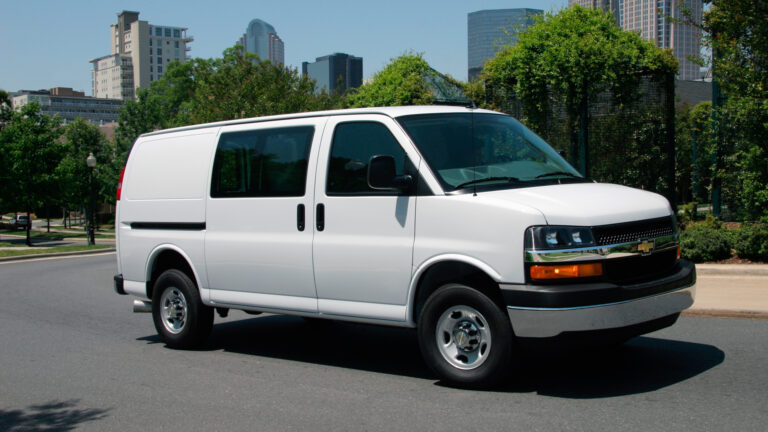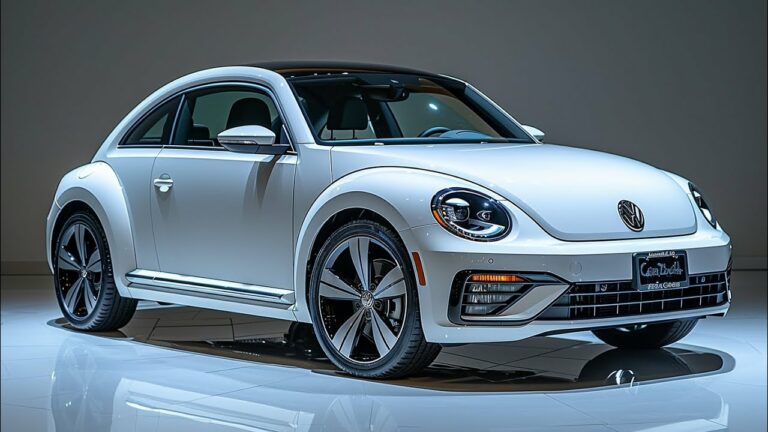2026 Toyota FJ Cruiser EV Specs: Unveiling the Future of Off-Road Electrification
Prepare for the electrifying return of an off-road legend. The 2026 Toyota FJ Cruiser EV is poised to redefine the boundaries of adventure, seamlessly blending the rugged heritage of its predecessor with the cutting-edge advancements of electric power. Join us as we delve into the specifications of this highly anticipated vehicle, exploring its design, performance, technology, and off-road capabilities.
Toyota’s vision for the future of off-roading is evident in every aspect of the FJ Cruiser EV. Its bold exterior exudes a modern and aggressive stance, while the spacious and tech-savvy interior promises an unparalleled driving experience. Get ready to conquer uncharted territories with the latest in electric propulsion and advanced driver-assistance systems.
Off-Road Capabilities

The 2026 Toyota FJ Cruiser EV is a beast when it comes to off-roading. It has a ground clearance of 10.6 inches, approach and departure angles of 35 and 30 degrees respectively, and a suspension system that can handle the roughest terrain. The FJ Cruiser EV also comes with a variety of off-road-oriented features, such as traction control, hill descent control, and a locking rear differential.
Suspension System
The FJ Cruiser EV’s suspension system is designed to provide both comfort and off-road capability. The front suspension is an independent double-wishbone setup, while the rear suspension is a multi-link setup. Both the front and rear suspensions are equipped with coil springs and gas-filled shocks. The suspension system provides 8.9 inches of travel in the front and 9.1 inches of travel in the rear.
Traction Control
The FJ Cruiser EV’s traction control system helps to keep the vehicle moving forward on slippery surfaces. The system works by applying the brakes to the wheels that are losing traction, and by transferring power to the wheels that have the most traction. The traction control system can be turned off if desired.
Hill Descent Control
The FJ Cruiser EV’s hill descent control system helps to keep the vehicle from rolling over when descending steep hills. The system works by applying the brakes to the wheels that are rolling backward, and by limiting the vehicle’s speed. The hill descent control system can be turned off if desired.
Locking Rear Differential
The FJ Cruiser EV’s locking rear differential helps to provide traction on slippery surfaces. The locking rear differential works by locking the rear wheels together, so that they both receive equal power. The locking rear differential can be turned on or off as needed.
With its impressive ground clearance, approach and departure angles, suspension system, traction control, hill descent control, and locking rear differential, the 2026 Toyota FJ Cruiser EV is ready to take on any off-road challenge. Whether you’re exploring a remote mountain trail or just tackling a muddy road, the FJ Cruiser EV will get you there.
Market Positioning and Competition

The 2026 Toyota FJ Cruiser EV is a highly anticipated electric SUV targeting the adventure-seeking and environmentally conscious consumer. It will compete in a growing segment of electric SUVs, including the Ford Mustang Mach-E, Rivian R1S, and Tesla Model Y.
The FJ Cruiser EV aims to stand out with its rugged off-road capabilities, nostalgic design, and advanced electric powertrain. It is expected to appeal to consumers seeking a combination of performance, style, and environmental sustainability.
Target Market
The target market for the FJ Cruiser EV is broad and includes:
- Outdoor enthusiasts and adventure seekers who desire a vehicle capable of tackling rugged terrain.
- Eco-conscious consumers seeking an electric vehicle with a low carbon footprint.
- Nostalgic buyers who appreciate the FJ Cruiser’s iconic design and heritage.
Competitive Landscape
The FJ Cruiser EV will face competition from a range of electric SUVs, including:
- Ford Mustang Mach-E: A popular electric SUV with sporty handling and a spacious interior.
- Rivian R1S: A rugged electric SUV with impressive off-road capabilities and a luxurious interior.
- Tesla Model Y: A best-selling electric SUV known for its advanced technology and sleek design.
The FJ Cruiser EV’s unique combination of off-road prowess, retro styling, and electric powertrain sets it apart from its competitors. It is expected to attract consumers seeking a versatile and environmentally friendly SUV without compromising on performance or style.
Potential Impact
The introduction of the FJ Cruiser EV is likely to have a significant impact on the automotive industry and consumer preferences:
- It will further accelerate the adoption of electric vehicles by providing a compelling option for adventure-minded consumers.
- It will contribute to Toyota’s goal of achieving carbon neutrality by 2050.
- It may inspire other automakers to develop electric SUVs with a focus on off-road capabilities.
Overall, the 2026 Toyota FJ Cruiser EV is poised to make a significant impact on the market, offering a unique blend of ruggedness, style, and environmental sustainability.
FAQ Section
What is the range of the 2026 Toyota FJ Cruiser EV?
The driving range of the FJ Cruiser EV is estimated to be around 300 miles on a single charge.
How fast can the FJ Cruiser EV accelerate?
With its powerful electric motor, the FJ Cruiser EV is expected to accelerate from 0 to 60 mph in under 6 seconds.
What off-road features does the FJ Cruiser EV offer?
The FJ Cruiser EV will boast a rugged suspension system, advanced traction control, and a high ground clearance, making it capable of tackling challenging off-road terrains.
What advanced safety features are available on the FJ Cruiser EV?
The FJ Cruiser EV will come equipped with a suite of advanced driver-assistance systems, including lane departure warning, automatic emergency braking, and adaptive cruise control.

